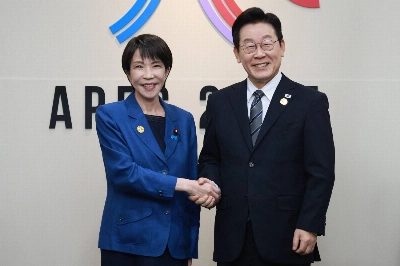Comic books and graphic novels are treated, nowadays, with a level of respect that would have been unthinkable when they were purchased more often in drugstores than in bookstores. Indeed, it is no longer controversial to say that such works can be art, and that as such they are as worthy of our attention as film, music or literature.
This is not because comics are better now than they used to be; the quality has always been there. Publishers such as Canada's Drawn & Quarterly, by resurrecting work produced in the bad old days when comics were dismissed as disposable pulp, have made this clear, most strikingly with the work of Yoshihiro Tatsumi, the inventor of the sophisticated style of manga known as gekiga.
Tatsumi and his most adventurous contemporaries found a welcoming venue in the avant-garde magazine Garo. It is no surprise, therefore, that when Susumu Katsumata, a generation younger than Tatsumi, decided to forgo an academic career in nuclear physics to become a professional cartoonist, Garo was where he first marketed his work. His four-panel strips began appearing there in 1966 and were, according to editor Mitsuhiro Asakawa, "rather orthodox." Though Katsumata did, Asakawa tells us, occasionally deviate from this orthodoxy, it was not, one suspects, until he began creating short stories such as the 10 collected in "Red Snow" that he found a form suited to his ambition.

















With your current subscription plan you can comment on stories. However, before writing your first comment, please create a display name in the Profile section of your subscriber account page.